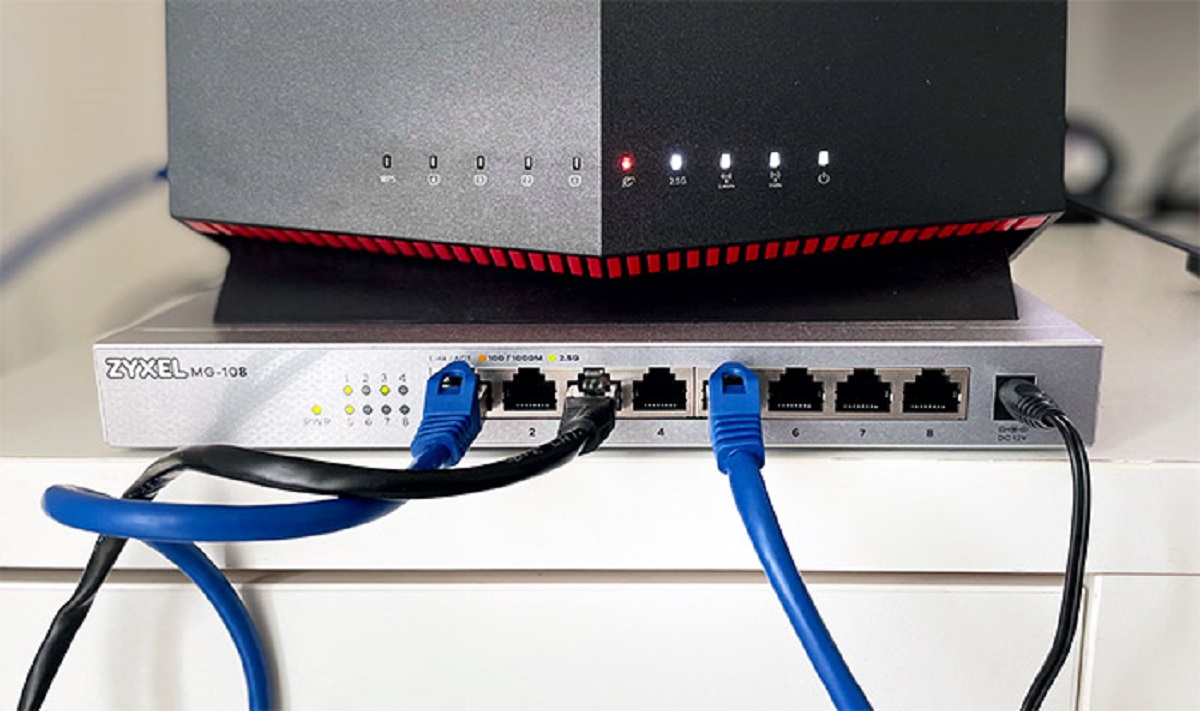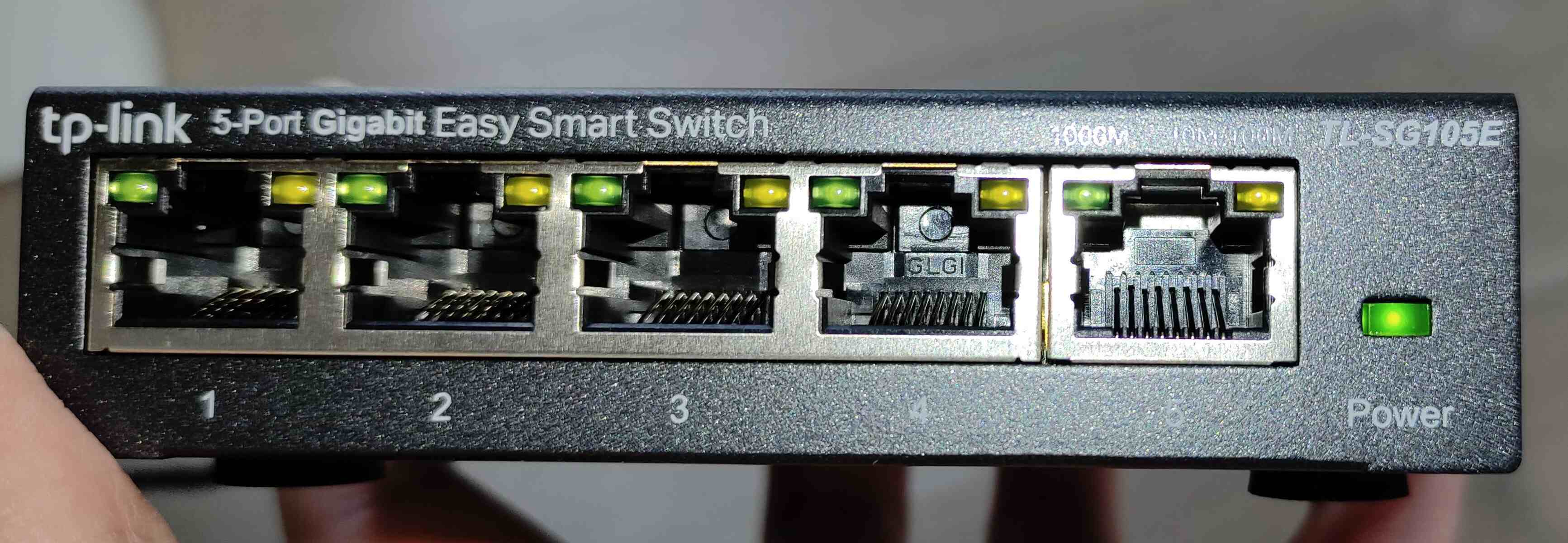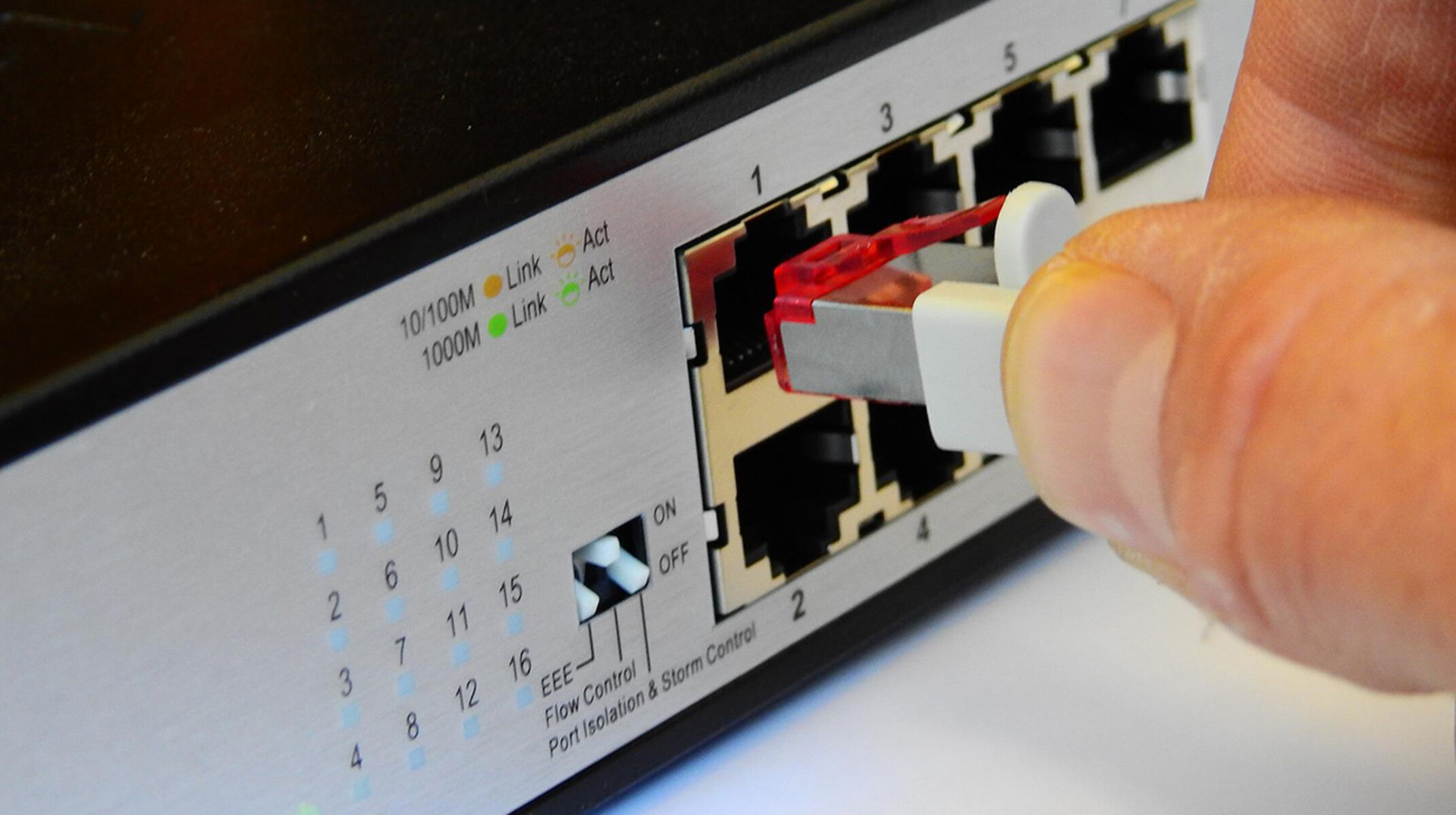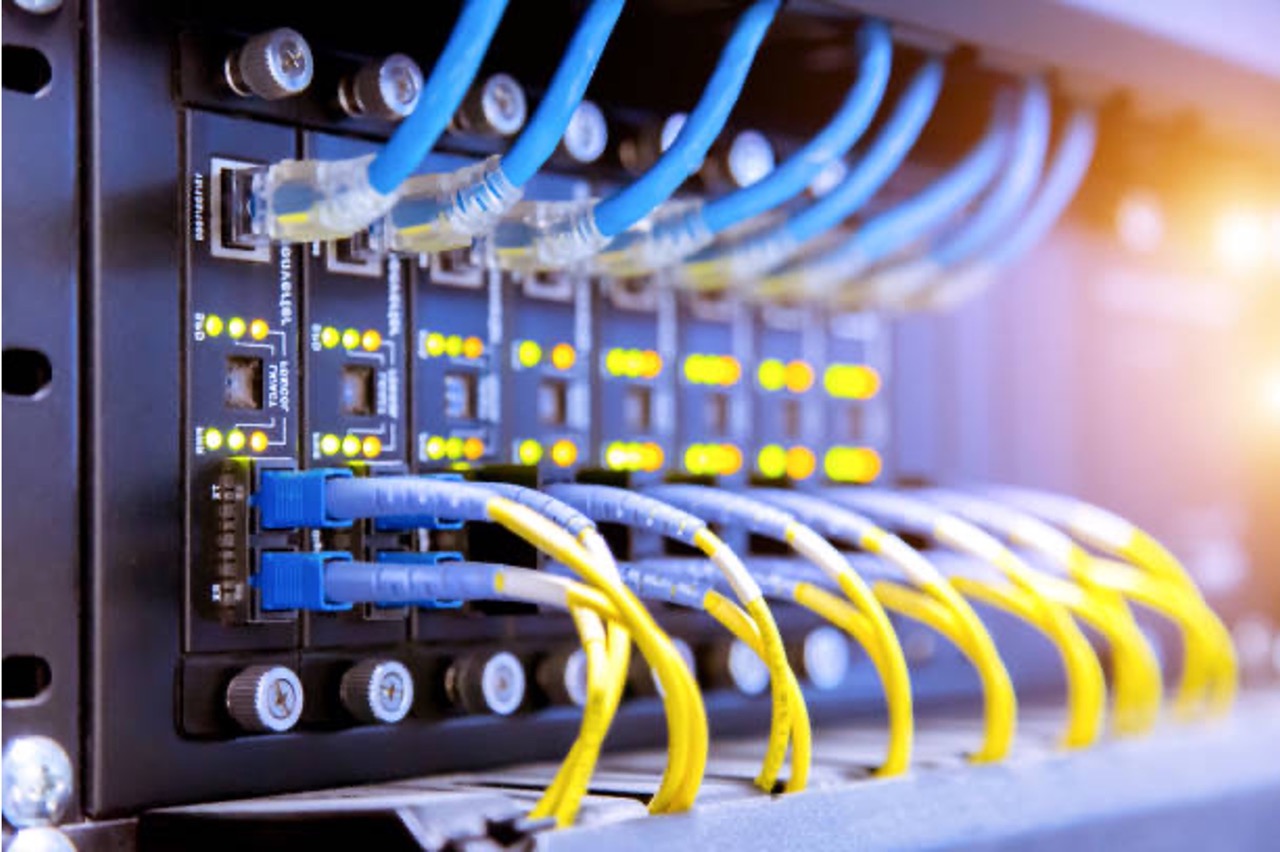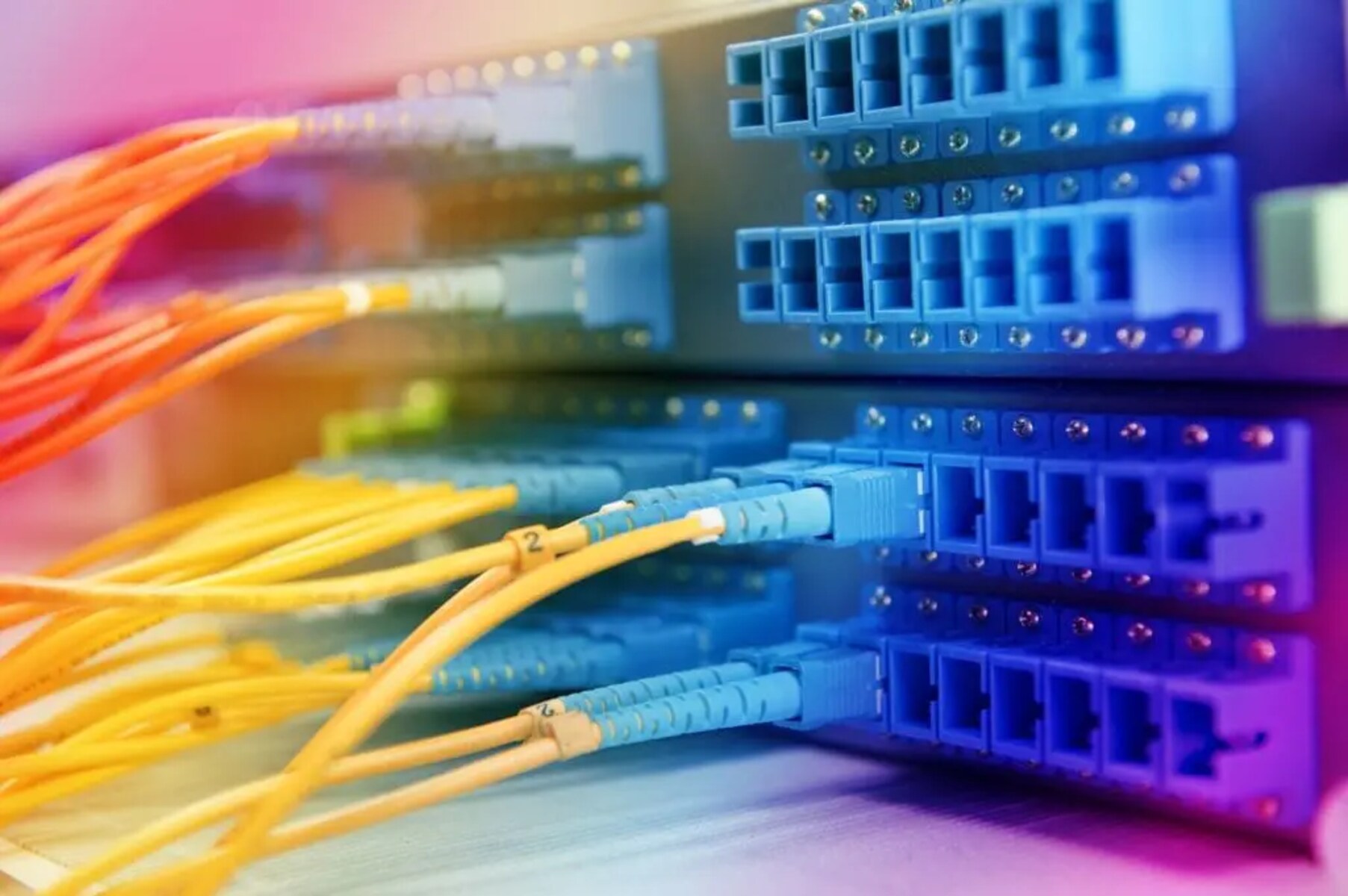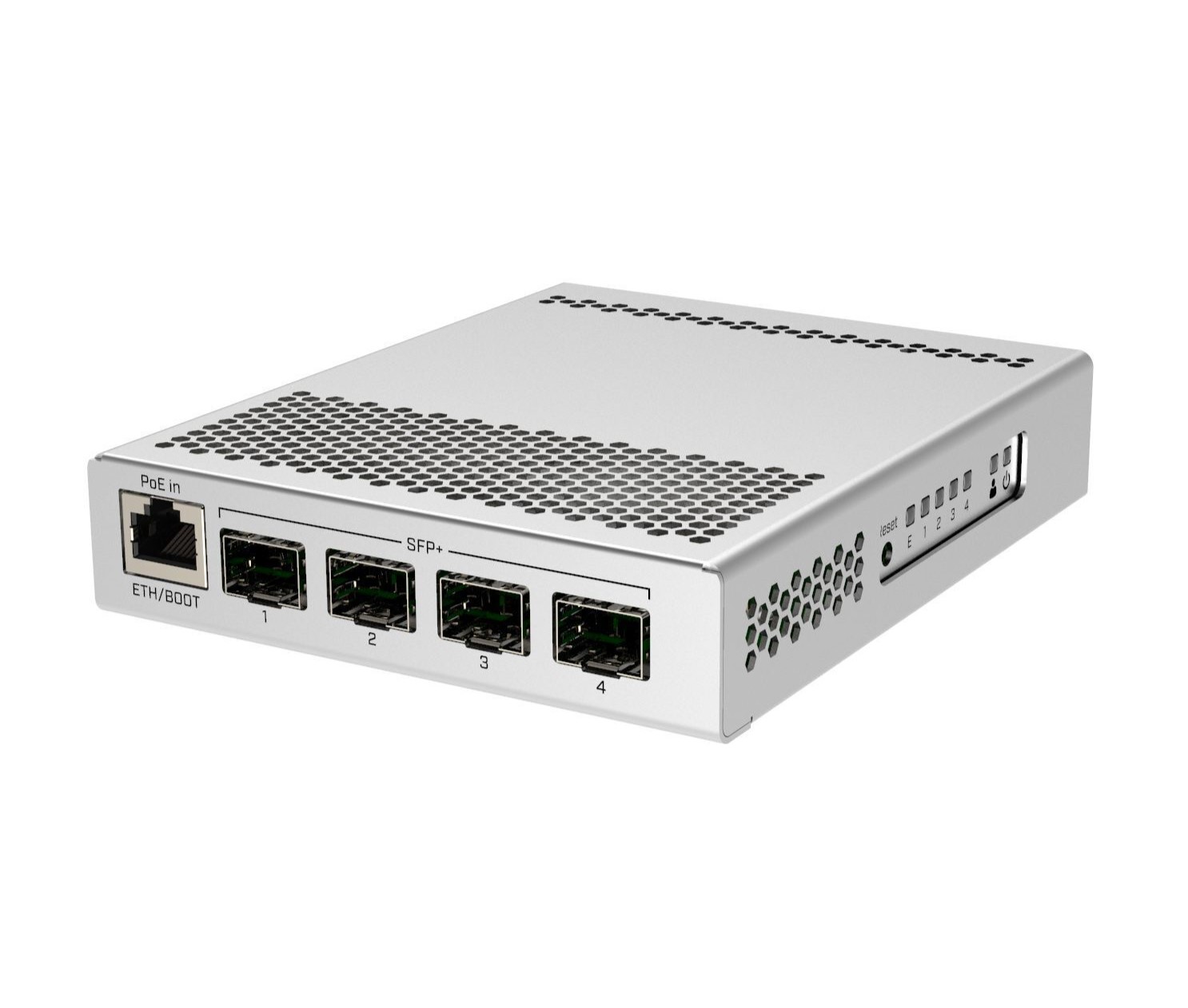Introduction
Understanding the Crucial Role of Network Switches in Modern Connectivity
In the fast-paced world of technology, seamless connectivity is a fundamental necessity for businesses, organizations, and individuals. This connectivity is made possible through the use of network switches, which play a vital role in facilitating efficient data transfer and communication within networks. Whether in a small office, a large corporation, or a data center, network switches are the unsung heroes that enable the smooth flow of data, supporting everything from email communication to accessing cloud-based applications.
Network switches are the unsung heroes of modern connectivity, quietly and efficiently directing data traffic to ensure that information reaches its intended destination. These devices are the cornerstone of local area networks (LANs) and are essential for enabling multiple devices to communicate with each other within the same network. Without network switches, the seamless operation of our interconnected world would be severely compromised.
As we delve deeper into the world of network switches, it becomes evident that these devices are not only essential for maintaining connectivity but also for optimizing network performance. Understanding the purpose, functionality, and benefits of network switches is crucial for anyone seeking to harness the power of modern networking technology. This article aims to shed light on the intricacies of network switches, providing valuable insights into their operation, benefits, and various types available in the market. By the end of this exploration, readers will gain a comprehensive understanding of the pivotal role played by network switches in today's interconnected digital landscape.
What Is a Network Switch?
A network switch is a crucial networking device that operates at the data link layer of the OSI (Open Systems Interconnection) model. It is designed to connect multiple devices within a local area network (LAN), enabling efficient data transmission and communication. Unlike hubs, which indiscriminately broadcast data to all connected devices, network switches intelligently direct data only to the intended recipient. This targeted approach minimizes network congestion and enhances overall performance.
At its core, a network switch functions as a multi-port device that receives data packets from connected devices and forwards them to their intended destinations. By utilizing MAC (Media Access Control) addresses, switches create a dynamic table that maps the MAC addresses of connected devices to the physical ports on the switch. This mapping allows the switch to efficiently route incoming data packets to the appropriate port, ensuring that data reaches its intended recipient with minimal delay.
Network switches come in various configurations, ranging from unmanaged switches suitable for small businesses and home networks to sophisticated managed switches that offer advanced features such as VLAN (Virtual Local Area Network) support, Quality of Service (QoS) prioritization, and network monitoring capabilities. Additionally, there are also specialized switches designed for specific purposes, such as PoE (Power over Ethernet) switches that can deliver power to connected devices, such as IP cameras and wireless access points, over the Ethernet cables.
Furthermore, the evolution of network switches has led to the development of layer 3 switches, which incorporate routing functionalities traditionally associated with routers. These layer 3 switches can make routing decisions based on IP addresses, effectively combining the functions of a switch and a router into a single device.
Overall, a network switch serves as a cornerstone of modern networking infrastructure, facilitating efficient data transfer, optimizing network performance, and enabling seamless communication among connected devices within a LAN.
How Does a Network Switch Work?
Network switches operate by utilizing the MAC (Media Access Control) addresses of connected devices to intelligently direct data traffic within a local area network (LAN). When a device connected to a switch sends data, the switch examines the destination MAC address of the data packet and consults its internal MAC address table to determine the appropriate port to which the data should be forwarded. This process, known as forwarding, ensures that data is efficiently routed to the intended recipient, minimizing network congestion and optimizing performance.
Upon receiving a data packet, the switch analyzes the source MAC address and updates its MAC address table to associate the source address with the port from which the data was received. This dynamic updating of the MAC address table allows the switch to maintain an accurate mapping of MAC addresses to physical ports, enabling precise data forwarding based on destination addresses.
Network switches can operate in either cut-through or store-and-forward modes. In cut-through mode, the switch immediately forwards the data packet as soon as the destination address is determined, resulting in minimal latency. Conversely, in store-and-forward mode, the switch first receives and analyzes the entire data packet for errors before forwarding it, ensuring data integrity but potentially introducing slightly higher latency.
Managed switches offer additional functionality through the use of VLANs (Virtual Local Area Networks) and Quality of Service (QoS) settings. VLANs allow the creation of isolated network segments within a single physical network, enhancing security and segmenting traffic for improved performance. QoS settings enable the prioritization of certain types of data traffic, ensuring that critical applications receive the necessary bandwidth and minimizing the impact of network congestion on essential services.
Furthermore, the advent of layer 3 switches has expanded the capabilities of traditional network switches by incorporating routing functionalities. Layer 3 switches can make routing decisions based on IP addresses, effectively combining the functions of a switch and a router within a single device. This integration streamlines network architecture and enhances the efficiency of data routing within a LAN.
By intelligently managing data traffic, maintaining accurate MAC address tables, and offering advanced features, network switches play a pivotal role in optimizing network performance and facilitating seamless communication among connected devices.
The Purpose of a Network Switch
The primary purpose of a network switch is to facilitate efficient and reliable communication among devices within a local area network (LAN). By intelligently directing data traffic, a network switch ensures that information is delivered to the intended recipients with minimal latency and network congestion. This fundamental role is achieved through several key functions that highlight the significance of network switches in modern networking environments.
1. Data Transmission: Network switches enable the seamless transmission of data packets between connected devices, such as computers, printers, servers, and other networked peripherals. By utilizing MAC addresses and internal routing mechanisms, switches ensure that data is efficiently routed to the appropriate destination, supporting the smooth flow of information within the network.
2. Network Segmentation: Network switches facilitate network segmentation through the use of VLANs (Virtual Local Area Networks), allowing organizations to create isolated segments within a single physical network. This segmentation enhances security, optimizes traffic management, and provides greater control over network resources, ultimately contributing to improved network performance and security.
3. Bandwidth Optimization: By intelligently directing data traffic, network switches optimize the allocation of available bandwidth, ensuring that critical applications and services receive the necessary network resources. This bandwidth optimization is particularly crucial in environments where multiple devices compete for network resources, as switches prioritize data traffic based on predefined rules and Quality of Service (QoS) settings.
4. Network Expansion and Scalability: Network switches support the expansion and scalability of networks by providing additional ports for connecting new devices. Whether in a small office or a large enterprise, switches accommodate the growing demands of network connectivity, allowing organizations to expand their infrastructure without compromising performance or reliability.
5. Enhanced Network Performance: The efficient routing and management of data traffic by network switches result in enhanced network performance, reduced latency, and improved overall reliability. By minimizing network congestion and optimizing data transmission, switches contribute to the seamless operation of interconnected devices and services within the LAN.
Overall, the purpose of a network switch encompasses the essential functions of facilitating data transmission, supporting network segmentation, optimizing bandwidth allocation, enabling network expansion, and enhancing overall network performance. These functions collectively underscore the indispensable role of network switches in modern networking environments, where connectivity, efficiency, and reliability are paramount.
Benefits of Using a Network Switch
Utilizing a network switch offers a myriad of benefits that are essential for optimizing network performance, enhancing security, and enabling efficient communication within local area networks (LANs). These benefits underscore the significance of network switches in modern networking environments and highlight the advantages they provide to organizations and individuals seeking reliable and seamless connectivity.
1. Efficient Data Transmission: Network switches facilitate efficient data transmission by intelligently directing data traffic to the intended recipients, minimizing network congestion, and reducing latency. This streamlined data transmission ensures that information reaches its destination in a timely and reliable manner, supporting the seamless operation of networked devices and services.
2. Enhanced Network Security: By supporting the implementation of VLANs (Virtual Local Area Networks), network switches enable network segmentation, which enhances security by isolating network segments and controlling data traffic flow. This segmentation limits the potential impact of security breaches and unauthorized access, bolstering the overall security posture of the network.
3. Improved Bandwidth Management: Network switches optimize bandwidth allocation and prioritize data traffic through Quality of Service (QoS) settings, ensuring that critical applications and services receive the necessary network resources. This improved bandwidth management minimizes the impact of network congestion and facilitates the efficient operation of essential networked services.
4. Scalability and Flexibility: Network switches provide the flexibility to expand and scale network infrastructure by accommodating additional devices through the availability of multiple ports. This scalability supports the evolving connectivity needs of organizations, allowing for the seamless integration of new devices and services into the network without compromising performance or reliability.
5. Streamlined Network Performance: The deployment of network switches results in streamlined network performance, reduced packet collisions, and optimized data transmission. These enhancements contribute to the overall reliability and efficiency of the network, supporting the seamless communication and operation of connected devices and services.
6. Centralized Management and Control: Managed network switches offer centralized management and control capabilities, allowing administrators to configure, monitor, and manage network resources, security policies, and traffic prioritization. This centralized control simplifies network administration and facilitates the implementation of consistent network-wide configurations.
Overall, the benefits of using a network switch encompass efficient data transmission, enhanced network security, improved bandwidth management, scalability, streamlined network performance, and centralized management and control. These benefits collectively demonstrate the critical role of network switches in fostering reliable, secure, and efficient connectivity within LANs, contributing to the seamless operation of modern networking environments.
Types of Network Switches
Network switches are available in various types and configurations, each tailored to specific networking requirements, performance demands, and scalability needs. Understanding the different types of network switches is essential for selecting the most suitable solution to meet the unique connectivity challenges of diverse environments. The following overview highlights key types of network switches and their distinct characteristics:
1. Unmanaged Switches: Unmanaged switches are basic, plug-and-play devices ideal for small businesses and home networks. These switches operate without the need for configuration and are designed for simple connectivity, allowing devices to communicate with each other within a LAN without the complexity of advanced features.
2. Managed Switches: Managed switches offer advanced configuration options, monitoring capabilities, and security features. These switches provide administrators with granular control over network settings, VLAN segmentation, Quality of Service (QoS) prioritization, and other essential functions, making them suitable for medium to large enterprises with complex networking requirements.
3. Layer 2 Switches: Layer 2 switches operate at the data link layer of the OSI model and are capable of forwarding data packets based on MAC addresses. These switches are efficient for local data transmission within a LAN and are commonly used for basic network connectivity and segmentation.
4. Layer 3 Switches: Layer 3 switches combine the functionality of a switch and a router, allowing for routing decisions based on IP addresses. These switches are ideal for inter-VLAN routing, providing enhanced network scalability and performance by facilitating the efficient routing of data between different VLANs.
5. PoE (Power over Ethernet) Switches: PoE switches integrate power and data transmission over Ethernet cables, allowing for the simultaneous delivery of power to connected devices, such as IP cameras, wireless access points, and VoIP phones. These switches eliminate the need for separate power sources, simplifying deployment and enhancing flexibility in network infrastructure.
6. Stackable Switches: Stackable switches can be interconnected to form a single, unified switch unit, providing increased port density, simplified management, and improved resiliency. This type of switch is beneficial for expanding network capacity and supporting high-bandwidth applications in enterprise environments.
7. Gigabit Ethernet Switches: Gigabit Ethernet switches offer high-speed connectivity, with data transfer rates of up to 1 gigabit per second. These switches are suitable for demanding network environments, such as multimedia streaming, large file transfers, and high-performance computing, where rapid data transmission is essential.
By understanding the distinct characteristics and capabilities of various types of network switches, organizations and network administrators can make informed decisions when selecting the most suitable switch to meet their specific networking needs. Whether prioritizing simplicity, advanced management features, power delivery, or high-speed connectivity, the diverse range of network switches available in the market ensures that there is a solution tailored to every networking requirement.
Conclusion
Network switches form the backbone of modern connectivity, playing a pivotal role in facilitating efficient data transmission, optimizing network performance, and enabling seamless communication within local area networks (LANs). These essential networking devices are available in various types, each offering distinct features and capabilities tailored to diverse networking requirements.
From unmanaged switches ideal for simple connectivity to sophisticated managed switches with advanced configuration options, the versatility of network switches ensures that organizations and individuals can select the most suitable solution to meet their specific connectivity needs. Additionally, specialized switches, such as PoE switches for power and data integration, and stackable switches for enhanced resiliency and scalability, further expand the possibilities for building robust and flexible network infrastructures.
By understanding the purpose, functionality, and benefits of network switches, network administrators and IT professionals can make informed decisions when designing, implementing, and managing network environments. The seamless operation of interconnected devices, the efficient routing of data traffic, and the enhanced security and performance facilitated by network switches underscore their indispensable role in the digital landscape.
As technology continues to evolve and connectivity demands grow, the importance of network switches in supporting the interconnected world becomes increasingly evident. Whether in small offices, large enterprises, or data centers, network switches remain essential for fostering reliable, secure, and efficient communication, laying the foundation for the seamless operation of modern networking environments.
In conclusion, the dynamic nature of network switches, combined with their essential functions and diverse capabilities, underscores their critical role in shaping the connectivity landscape, ensuring that data flows seamlessly, applications operate efficiently, and communication remains reliable within local area networks.









